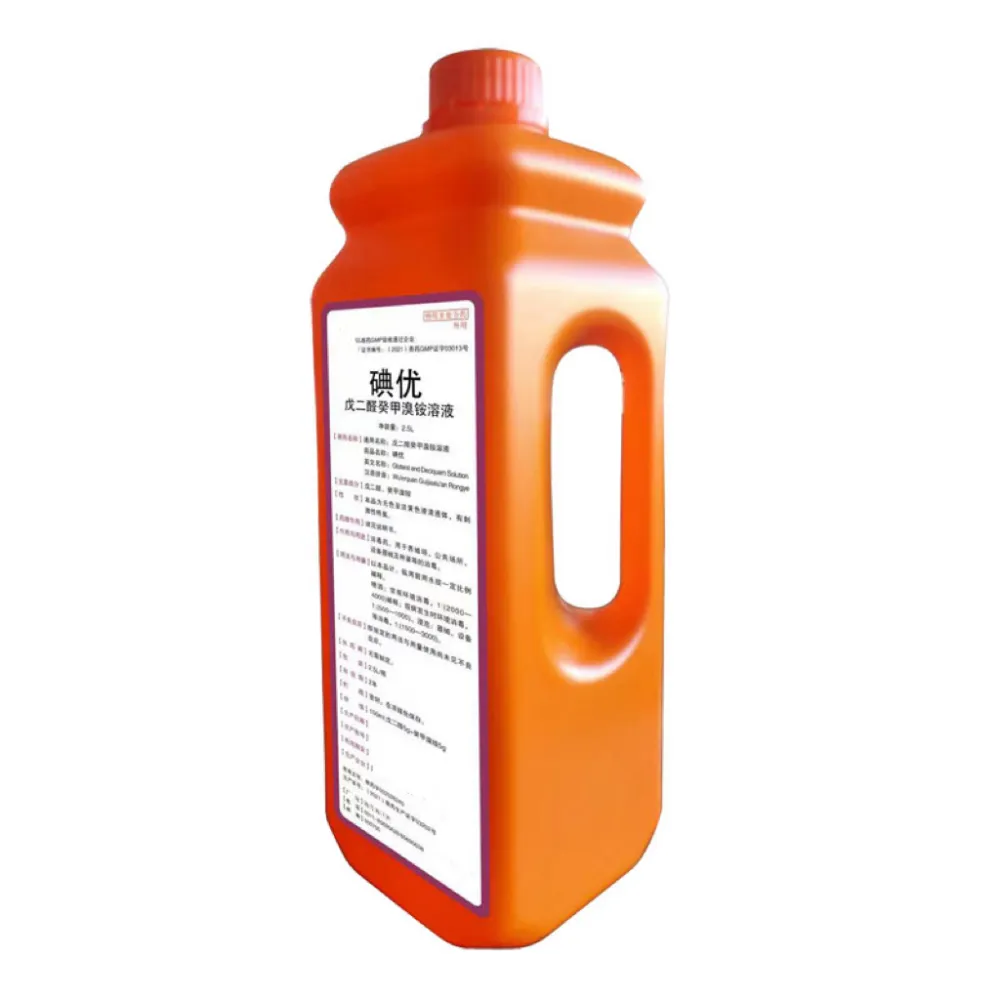- Afrikaans
- Albanian
- Amharic
- Arabic
- Armenian
- Azerbaijani
- Basque
- Belarusian
- Bengali
- Bosnian
- Bulgarian
- Catalan
- Cebuano
- Corsican
- Croatian
- Czech
- Danish
- Dutch
- English
- Esperanto
- Estonian
- Finnish
- French
- Frisian
- Galician
- Georgian
- German
- Greek
- Gujarati
- Haitian Creole
- hausa
- hawaiian
- Hebrew
- Hindi
- Miao
- Hungarian
- Icelandic
- igbo
- Indonesian
- irish
- Italian
- Japanese
- Javanese
- Kannada
- kazakh
- Khmer
- Rwandese
- Korean
- Kurdish
- Kyrgyz
- Lao
- Latin
- Latvian
- Lithuanian
- Luxembourgish
- Macedonian
- Malgashi
- Malay
- Malayalam
- Maltese
- Maori
- Marathi
- Mongolian
- Myanmar
- Nepali
- Norwegian
- Norwegian
- Occitan
- Pashto
- Persian
- Polish
- Portuguese
- Punjabi
- Romanian
- Russian
- Samoan
- Scottish Gaelic
- Serbian
- Sesotho
- Shona
- Sindhi
- Sinhala
- Slovak
- Slovenian
- Somali
- Spanish
- Sundanese
- Swahili
- Swedish
- Tagalog
- Tajik
- Tamil
- Tatar
- Telugu
- Thai
- Turkish
- Turkmen
- Ukrainian
- Urdu
- Uighur
- Uzbek
- Vietnamese
- Welsh
- Bantu
- Yiddish
- Yoruba
- Zulu
दिसम्बर . 29, 2024 08:03 Back to list
Veterinary Dosage Guidelines for Oxytetracycline in Cattle Use
Oxytetracycline Veterinary Dosage in Cattle
Oxytetracycline, a broad-spectrum antibiotic, is widely used in veterinary medicine, particularly in the cattle industry, to treat various infections and diseases. Its efficacy against a range of Gram-positive and Gram-negative bacteria, as well as certain protozoa, makes it a valuable tool for maintaining herd health and productivity. Understanding the appropriate dosage and administration of oxytetracycline in cattle is crucial for ensuring both the efficacy of treatment and the safety of the food supply.
Indications for Use
In cattle, oxytetracycline is primarily employed for the treatment of respiratory infections, pneumonia, foot rot, and other bacterial infections. It is also used to manage diseases such as mastitis, metritis, and leptospirosis. Given that these conditions can lead to significant economic losses in the cattle industry due to reduced milk production or weight gain, timely and proper use of oxytetracycline can enhance overall herd health and productivity.
Dosage Guidelines
The dosage of oxytetracycline in cattle can vary based on factors such as the specific indication for treatment, the severity of the infection, and the formulation of the drug used. Typically, the recommended dosage ranges from 5 to 10 mg per kilogram of body weight, administered either intravenously, intramuscularly, or orally, depending on the specific product.
For example, the injectable formulation of oxytetracycline is often given at a dosage of 6.6 mg/kg body weight. In cattle, a common approach is to administer the antibiotic every 24 to 48 hours for up to three consecutive days, allowing for proper absorption and therapeutic levels to be maintained in the bloodstream. However, it is essential to adhere to veterinary advice and product labeling, as specific formulations may have differing guidelines.
Pharmacokinetics
oxytetracycline veterinary dosage in cattle

Oxytetracycline has a long half-life, which means it remains active in the bloodstream for an extended period. Once administered, it is rapidly absorbed and widely distributed throughout the body, including crucial tissues such as the lungs and liver, where many infections occur. The antibiotic binds to ribosomes, inhibiting bacterial protein synthesis, which is critical for bacterial growth and reproduction. This action helps reduce the bacterial load in infected animals, ultimately supporting recovery.
Withdrawal Period and Food Safety
An essential aspect of using oxytetracycline in cattle is adherence to withdrawal periods, which are the stipulated duration after administration during which the animals cannot be slaughtered for food or the milk cannot be sold. The withdrawal period for oxytetracycline in cattle is typically at least 28 days for meat and 96 hours for milk after the last dose. It is crucial for producers to follow these guidelines to ensure food safety and compliance with regulatory standards.
Risks and Considerations
While oxytetracycline is generally safe for use in cattle, there are risks associated with overuse or misuse. Excessive use can lead to the development of antibiotic-resistant bacteria, posing a significant concern for both animal and human health. Hence, practitioners are encouraged to use this antibiotic judiciously and explore alternatives whenever possible, such as improving husbandry practices and vaccinations to prevent disease.
Conclusion
Oxytetracycline remains an essential antibiotic for the treatment of bacterial infections in cattle, playing a critical role in veterinary medicine. Proper dosing, adherence to withdrawal times, and responsible usage are vital components of ensuring effective treatment and maintaining food safety. As the cattle industry continues to evolve, the responsible use of antibiotics, coupled with preventive health measures, will be essential in promoting animal welfare and sustainable agricultural practices. Regular veterinary consultation is recommended to tailor treatment plans to individual herd needs, ensuring that cattle remain healthy and productive contributors to the agricultural economy.
-
Guide to Oxytetracycline Injection
NewsMar.27,2025
-
Guide to Colistin Sulphate
NewsMar.27,2025
-
Gentamicin Sulfate: Uses, Price, And Key Information
NewsMar.27,2025
-
Enrofloxacin Injection: Uses, Price, And Supplier Information
NewsMar.27,2025
-
Dexamethasone Sodium Phosphate Injection: Uses, Price, And Key Information
NewsMar.27,2025
-
Albendazole Tablet: Uses, Dosage, Cost, And Key Information
NewsMar.27,2025













